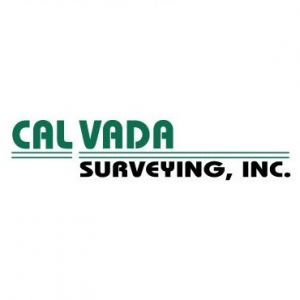Different Types of Land Surveying TechniquesPosted by Calvada on February 5th, 2015 Land surveying is a combination of art and science, where the boundaries are marked after rigorous calculations using the mathematical and physical science, with a mix of geography too. This surveying is one various types, depending upon the purpose for which it is being ordered or performed Let us look at a few of the land surveying techniques and models. Land surveying involves marking up the boundaries of an area, from all the sides, and some include further details such as environmental concerns and topography. SO, let us first take the example of ALTA survey. The ALTA or the American Land Title Association has given a few stringent conditions for land mapping and surveying. So, when you apply for the permission to build a commercial complex or an industry, you need to attach an ATA survey report. This report consists of boundaries of the land and information about some of the neighbouring areasthatmarkup the one where you would like to construct. The surveyors widely use this technique for marking up boundaries for the clients who would like to start building on a particular land. The environmental surveying technique is far more stringent than the standard ALTA surveying. When an industry is set up in a residential area or somewhere near an agricultural land or a mountain, it is essential to know the impact of such building and what happens afterwards, to the surroundings. Such survey techniques involve more of the environmental concerns such as noting the fauna and flora in the area and how they will be affected by the industry and so on. The neighbouring water bodies, the ground water and the hills nearby, all are noted in this technique. Hence, apart from boundaries, environmental surveying technology is far more advanced and involves a lot many other characteristics. Today, the world of surveying has gone beyond manual marking up of boundaries. The 3D surveying technique has brought forward some outstanding results to many construction sites. As the name suggests, one can measure any length or height of the land, through the 3D techniques, with panache and at a much greater speed. Hence, this advanced technology has become one of the most sought after by many land surveyors, for its speed of processing and also the accuracy of readings. There are various other land surveying techniques, which have made life easier for all those, in the business of architecture and construction. About the Author: Armando Dupont, a professional land surveyor started his career in surveying in 1977 and has extensive experience in managing personnel and projects. His experience includes: topographic mapping, boundary surveys and analysis, construction and control surveying, preparation of tract and parcel maps, earth work calculation and quantities, targeting and control for photogrammetric, and land title surveys in accordance with the American Land Title Association and the American Congress on Surveying and Mapping. Mr. DuPont founded Calvada Surveying, Inc. in 1989 and is a licensed Professional Land Surveyor in the State of California. Like it? Share it!More by this author |


